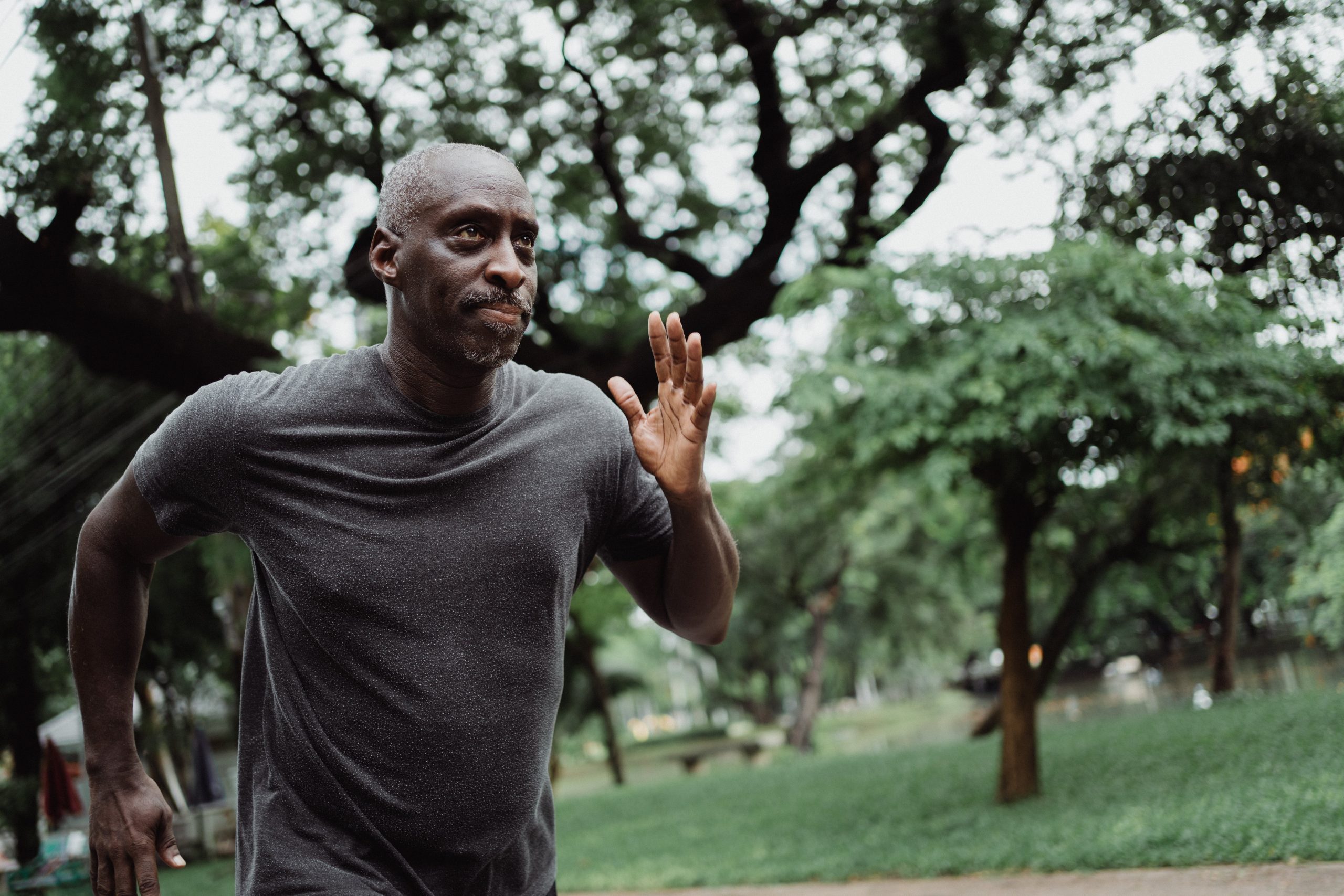Embarking on your first half marathon is an exhilarating challenge that marks the beginning of a transformative journey. As you gear up for this new adventure, it’s essential to have a first time half marathon training plan that aligns with your fitness level and goals. The plan should gradually build your endurance, strength, and running efficiency to ensure you cross the finish line feeling strong and confident.
To get started, visit our website and explore a variety of training schedules that cater to beginners. A well-structured plan typically spans 12 to 16 weeks and incorporates gradually longer runs, cross-training sessions, and rest days to prevent injury. Remember, consistency is key – sticking to your plan and listening to your body will pay off on race day.
As you lace up and hit the pavement, you’ll not only be working towards your half marathon goal but also joining a vibrant community of runners who share your passion. Embrace each step of your training as an opportunity to learn more about yourself and the sport. With every mile, you’re not just running; you’re building resilience, character, and a sense of accomplishment that goes beyond the finish line.
Don’t wait to take the leap towards fitness freedom. Click here to tailor your workout routine and embark on a trailblazing adventure that starts with your very first half marathon.
Crafting a Customized Training Schedule

Creating a customized training schedule is crucial for a successful first half marathon experience. Each runner is unique, with different strengths, weaknesses, and personal commitments. A tailored training program takes these individual factors into account, ensuring that your preparations are both effective and sustainable.
Begin by assessing your current fitness level and running history, which will inform the intensity and volume of your workouts. If you’re new to running, you may start with a mix of walking and running, gradually increasing the time spent running each week. More experienced runners might focus on improving pace and incorporating speedwork.
It’s also important to balance running with cross-training activities like cycling, swimming, or yoga, which can enhance your overall fitness while reducing the risk of injury. Rest days are equally important; they allow your body to recover and adapt to the increasing demands of training.
Finally, remember to plan for a tapering period in the weeks leading up to the race. This phase reduces the intensity and volume of your workouts, giving your body time to rest and store energy for race day. By thoughtfully crafting a personalized training schedule, you’ll be setting yourself up for a rewarding and enjoyable half marathon debut.
Incorporating Essential Running Workouts

For those embarking on a first time half marathon training plan, integrating a variety of essential running workouts is key to building endurance, speed, and confidence. These workouts are designed to challenge different aspects of your running fitness and should be sprinkled throughout your training weeks.
Long runs are the cornerstone of half marathon training, slowly extending the distance you can comfortably run and teaching your body to burn fuel efficiently. Start with a distance that feels manageable and increase by no more than 10% each week to prevent overuse injuries.
Speed work, such as interval training or tempo runs, is essential for improving your running economy and pace. Interval workouts alternate between short bursts of high-intensity running and recovery periods, while tempo runs are sustained efforts at a challenging but controlled pace.
Hill workouts provide a powerful boost to leg strength and cardiovascular fitness. Find a hill with a moderate incline and perform repeats, running up at a hard effort followed by a slow jog or walk back down for recovery.
Each type of workout serves a specific purpose in your half marathon preparation, and together they create a balanced training regimen that can help carry you across the finish line.
Balancing Running with Cross-Training and Rest

As you follow your first time half marathon training plan, it’s crucial to balance your running workouts with cross-training and rest days to enhance overall fitness while minimizing the risk of injury. Cross-training activities such as cycling, swimming, or using the elliptical machine can maintain cardiovascular fitness without the impact stress of running. These activities provide a mental break from the rigors of running while still contributing to your endurance.
Strength training is also an important component of a well-rounded training plan. By focusing on core, hip, and leg strength, runners can improve their running form and efficiency, which can lead to better performance and reduced injury risk. Aim for two to three strength training sessions per week, focusing on bodyweight exercises or using light weights with high repetitions to build endurance rather than bulk.
Incorporating rest days into your schedule is vital. These days allow your muscles to recover and rebuild, making them stronger. Rest days don’t mean you have to be completely inactive, but they should be a significant reduction in workout intensity and volume. Listen to your body, and if you’re feeling particularly fatigued or sore, it may be a sign to take an extra day of rest or to swap a running workout for a low-impact activity.
By mixing running with cross-training and allowing for adequate rest, you’ll be able to maintain a higher overall training volume without overloading your body, leading to a stronger, more resilient runner ready to tackle the half marathon distance.
Nutrition and Hydration Strategies for Runners
Proper nutrition and hydration are the fuel that powers your first time half marathon training plan. As you increase your mileage, paying attention to what and when you eat and drink becomes even more important. Carbohydrates are a runner’s main source of energy, so your diet should be rich in complex carbs such as whole grains, fruits, and vegetables. Protein is essential for muscle repair and recovery, so include lean sources like chicken, fish, tofu, or beans in your meals.
Hydration is equally critical, especially as your training runs get longer. Dehydration can significantly impact your performance and recovery, so aim to drink water consistently throughout the day, not just during and after your runs. On longer runs, carry water with you or plan your route to include water stops.
During training, experiment with different types of energy gels, chews, or drinks to find what works best for you. It’s important to practice your nutrition and hydration strategy during training runs so that come race day, you know exactly what your body needs and how it will react.
Remember, nutrition and hydration should work in harmony with your training. Adjusting your intake based on the intensity and duration of your workouts will help ensure that you’re properly fueled and hydrated for every run, contributing to a successful half marathon experience.
Mental Preparation and Race Day Tips

Visit our website to learn more and get started today! Click here.
The final stretch of your first time half marathon training plan is not only about physical readiness but also mental preparation. Visualize the race course, imagine crossing the finish line, and think positively about the experience. Set realistic goals for yourself and develop a strategy that plays to your strengths. Whether it’s maintaining a steady pace, running negative splits, or simply enjoying the journey, having a clear plan can help you stay focused and calm.
On race day, make sure to arrive early to avoid unnecessary stress. Check the weather beforehand and dress appropriately. Stick to the pre-race routine you’ve practiced, including your nutrition and hydration strategy. Warm up with light jogging or dynamic stretches to prepare your muscles for the effort ahead.
Once the race begins, pace yourself. It’s easy to get caught up in the excitement and start too fast, but remember your training and trust your plan. Listen to your body, and if you need to adjust your pace, do so. Encourage fellow runners along the way; sometimes, a kind word can give you a boost of energy when you need it most.
As you approach the finish line, soak in the moment. Reflect on the hard work that brought you here and celebrate your accomplishment. Completing a half marathon is a significant achievement, and the mental resilience you’ve built will serve you well in future races and beyond.


